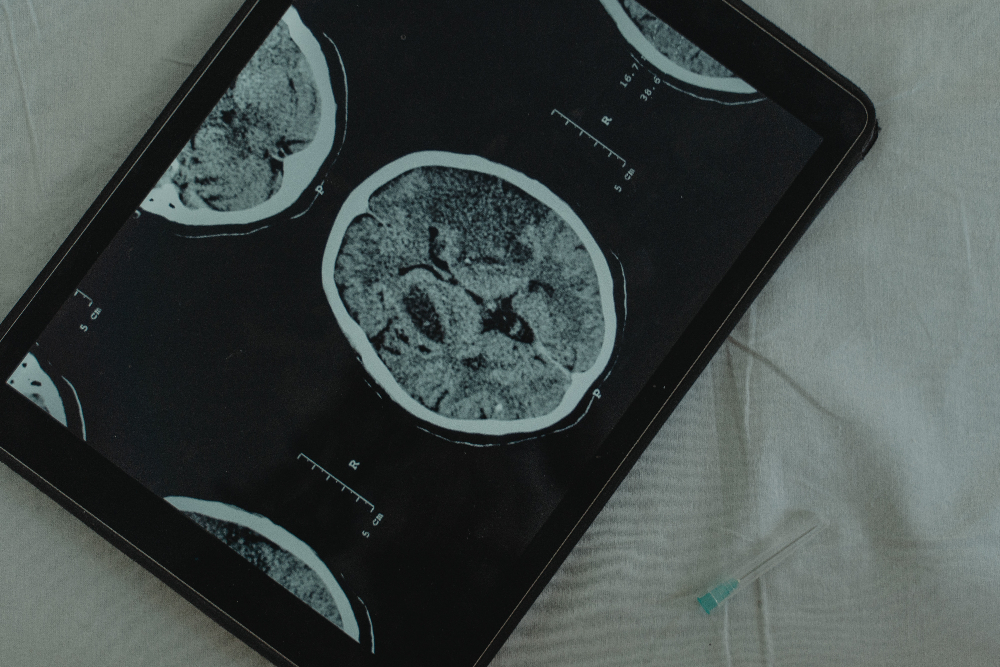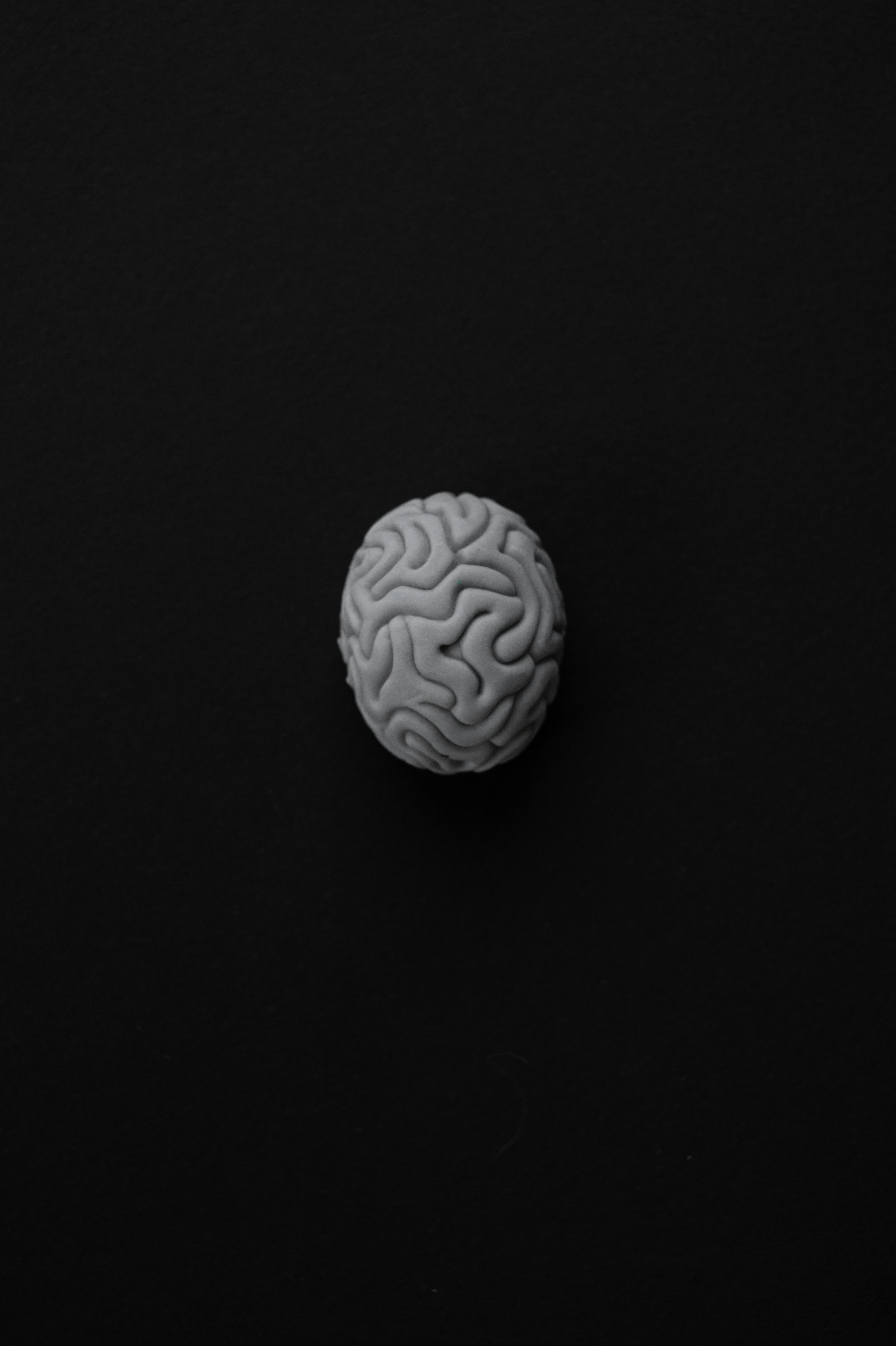Non-invasive brain stimulation may effectively target treatment-resistant addiction, pain issues.
It is frustrating to have chronic pain that is unresponsive to medication. And it is far worse when this pain is considered to be somatic (only psychological), dismissing the real pain felt by the individual, both physically and mentally. With the current model of pain management, patients tend to go up the ladder of different pain meds and other therapies with no real relief. A new approach seeks to use electrical stimulation of areas of the brain to treat chronic pain and substance use disorders (SUDs). The therapy aims at disrupting a continual loop which the brain gets stuck in, leading to both of these issues.
“We know that the brain can get stuck in a pattern that can exacerbate pain signals. We hope that…treatment will help break that loop when it comes to chronic pain and the impulse to use drugs.” says Dr. Vanderah, director of the Comprehensive Pain and Addiction Center – Tucson.
The research conducted at the University of Arizona’s College of Medicine targets a particular brain area, the prefrontal cortex, the part of the brain involved with higher functioning such as decision-making, problem-solving, and controlling impulses. This method has been found to be effective in neurodegenerative diseases such as Alzheimer’s and Parkinson’s.

The technology for this therapy is facilitated by a technology company ni2o, which is partnering with the researchers by creating a wearable device that stimulates the brain with transcranial direct current stimulation (tDCS). The electrical current used is delivered at a very low level capable of stimulating the prefrontal cortex.
An Assistant Professor in the Department of Family & Community Medicine, Allison Huff, explains that the electrical current does not change the brain’s chemistry. Instead, they are creating a situation where the brain is encouraged to change on its own.
When a person experiences chronic pain, they keep thinking about it, which can make it worse. Similarly, people with substance use disorders often have a continual thought and impulse to seek out a substance. The tDCS therapy aims to break this pattern by creating a momentary distraction and, in doing so, opening new pathways in the brain.
The wearable device developed by ni2o tracks the rhythms of a patient’s brain before and after tDCS treatment to identify patterns within the brain. Vanderah notes that the device could allow the researchers to identify patterns that fit not only individuals with an SUD wand chronic pain, but all patients, and combine that data with artificial intelligence to create personalized treatment plans for each patient.
This therapy also removes the potential risk of addiction or side effects associated with traditional pain medication. Traditional treatment methods for chronic pain and addiction often involve medications which have the potential for abuse or with deleterious side effects.The tDCS treatment offers an alternative that is safe, non-invasive, and effective.
Huff and her team are hopeful that the tDCS treatment will provide a viable alternative method for treating chronic pain and addiction, conditions that often fail to respond to traditional medication.
Sources:
Brain stimulation could treat addiction or chronic pain, say UArizona researchers


Join the conversation!